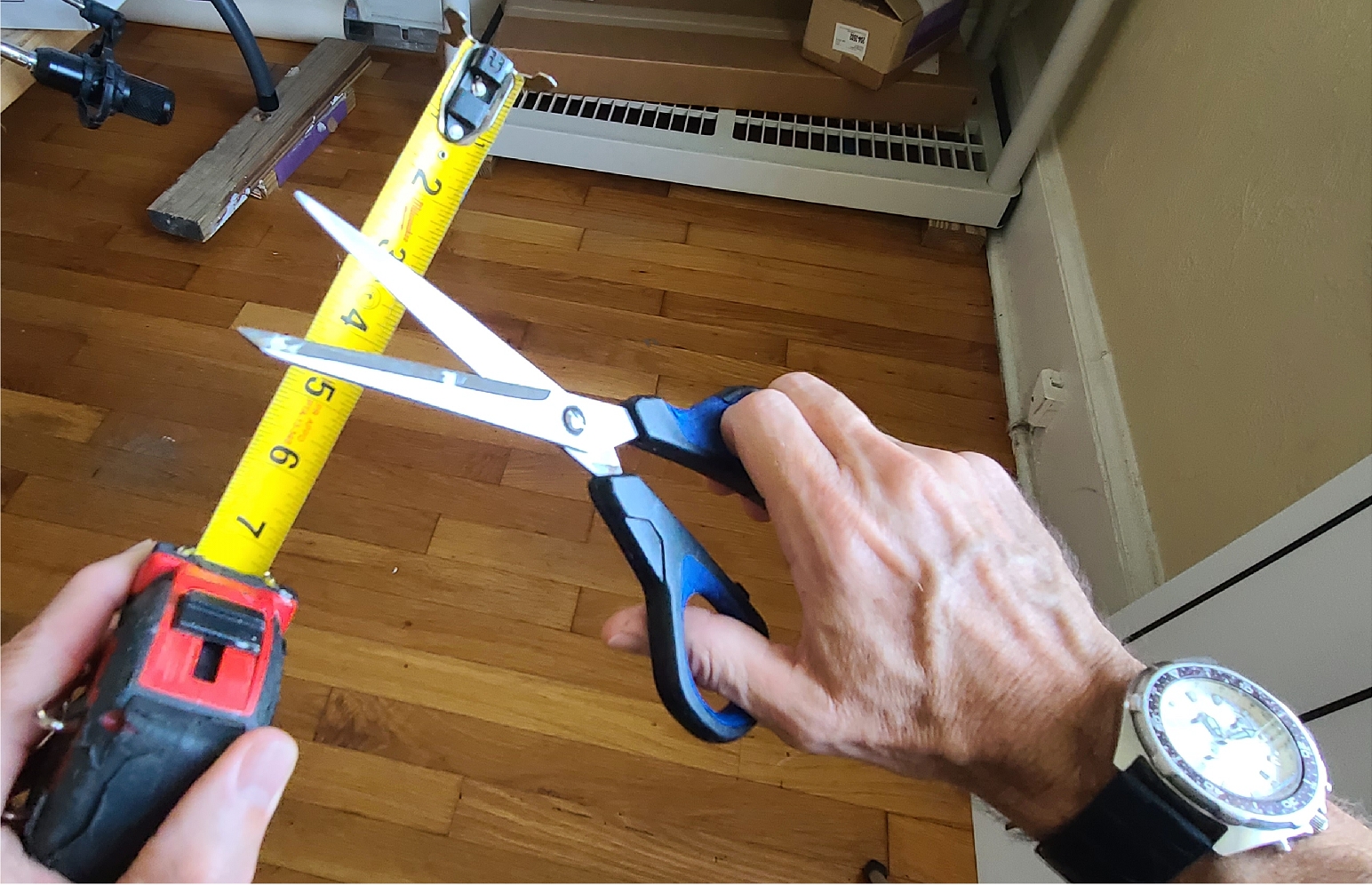SOUTHPAWS, SCISSORS AND THE SPECTRUM.
 For many left-handers, it's easier to adapt and use right handed scissors than it is to find or worry about keeping left handed scissors.
For many left-handers, it's easier to adapt and use right handed scissors than it is to find or worry about keeping left handed scissors.
Our brain is two distinct physical halves. Using scissors with your non-dominant hand can build neuroplasticity, this strengthens the bridge between the left and right brain hemisphere. This allows other things that were normally done on one side to flow thru both sides.
HANDEDNESS ISN'T RANDOM - If handedness were random, the split between right- and left-handers would be closer to 50/50. Only about 10 - 13% of the population is left hand dominant.
CEREBRAL LATERALIZATION OR "BRAIN-SIDEDNESS" - In most right-handers, the left hemisphere is highly lateralized (or "one-sided"), acting as the main hub for language, logic, and positive emotions. And for the other 10%, left-handers, its the opposite.
THE CORPUS CALLOSUM / BRIDGE - The "bridge" between the brain's two halves. On a brain scan, a lefty's brain has a more active corpus callosum (the bridge between the left and right brain), allowing for increased "cross-talk" and a more integrated style of thinking. While right-handers have a highly specialized brain with two separated fields, left-handers have more connection between their fields.
THE SHEARING PROBLEM - The reason right-handed scissors don't work for lefties is about a physical force. The blades are designed for a right thumb to push together, creating a shearing force. A left hand on right handed scissors will pull the blades apart instead of pushing them together, making a clean cut almost impossible.
THE ADAPTATION ADVANTAGE - Rather than searching for or keeping left-handed scissors we adapt. This forces new neural pathways, strengthening the connection between both hemispheres. This constant adaptation is a form of neuroplasticity (the brain's ability to change and adapt). Computer mice and tape measures keep us lefty's working the corpus callosum.
PHYSIOLOGICAL BIAS - The human body itself seems to be designed right side dominant. Theories from PRI - the Postural Restoration Institute point to physical asymmetries like a larger right diaphragm and the liver’s position on the right, which biases the body to be right side dominant. Most observations show people plant on their right leg when they recover from exercise or stand for long periods of time.
HANDEDNESS IN THE ANIMAL KINGDOM - Human handedness is unique. Other species have different patterns, but none match our 90/10 split. While some animals, like chimpanzees, show a hand preference, others like kangaroos and koalas tend to be left-handed. It’s possible that their bodies are physiologically built to favor one side, much like the human body’s inherent bias for the right.
THE SPECTRUM CONNECTION - A more symmetrical brain is also a key trait for those on the autism spectrum. The rate of left-handedness in people on the spectrum is roughly 28%, nearly three times higher than the general population. While this isn't a causal link, it does suggest that having a less specialized brain could be a shared factor in both handedness and the development of unique neurological environment.
LEFT HANDED GIFTS - Traits often linked to the autism spectrum—like a knack for spotting patterns and an intense focus—are incredibly beneficial. The movie Rain Man is a cultural reference point for these unique abilities, where a character's genius traits and pattern recognition (like with fish sticks) were clearly established. This is a powerful advantage that may have been developed through the very same neural wiring that makes someone a southpaw.
HISTORICAL AND SPORTS ADVANTAGES - This unique wiring has had real-world benefits. In sports like boxing and baseball, southpaws are sought after for their unpredictable movements. Ancient armies were even said to have used left-handers on the front lines for a similar tactical advantage. Even in NASCAR, pit crew veterans have noted that a left-handed tire changer may have an advantage that could shave precious time off a pit stop. SOUTHPAW SPEED - Shane Van Gisbergen NASCAR Edge Explained
COGNITIVE AND EMOTIONAL BENEFITS OF A SYMMETRICAL BRAIN - A more balanced brain has distinct advantages. This enhanced connectivity allows for faster and more efficient information processing, leading to quicker decision-making and more comprehensive solutions. This integrated thinking is also linked to increased creativity, as the brain can better link seemingly unrelated ideas from both hemispheres. It can also enhance multitasking.
IMPROVED EMOTIONAL REGULATION - A well-connected brain can better process and regulate emotions. The right hemisphere is a power player for raw emotions like fear and anxiety, while the left hemisphere is the strategist, handling logic and language. A strong corpus callosum allows the logical side to more effectively interpret and temper the emotional signals from the right side, helping a person make more logical, less impulsive decisions.





